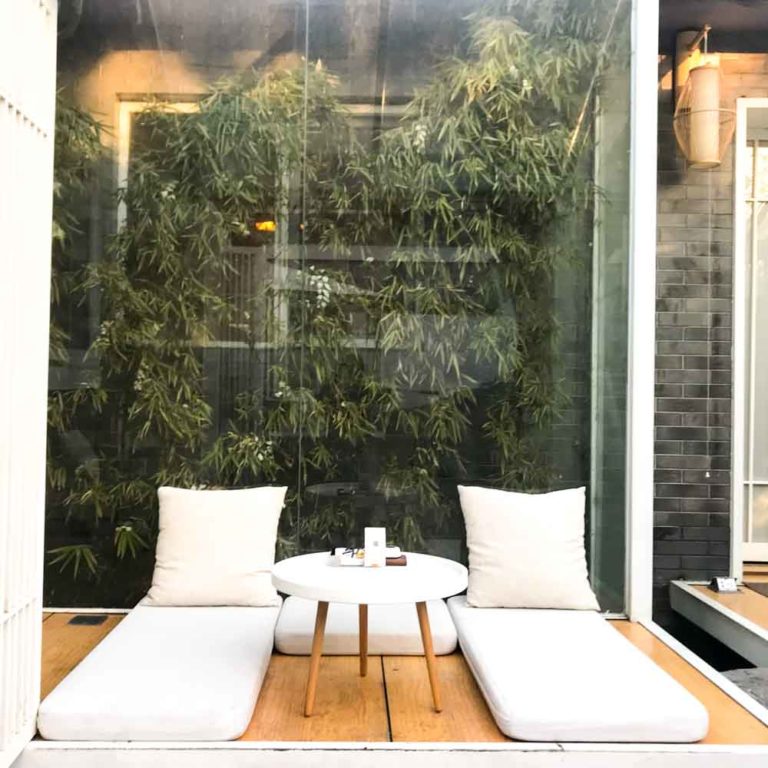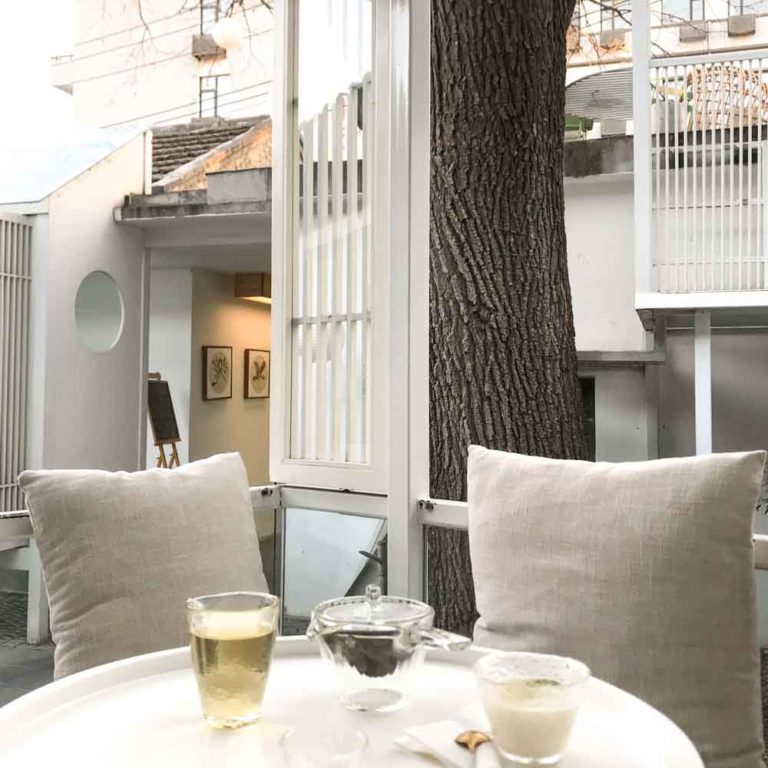Beijing Hutong Breakfast Tour
$39 USD
Try over 12 dishes at over 6 locations on this walking tour through Beijing’s historic hutongs! Along the way, uncover centuries of culinary heritage as we share the stories behind each bite and the passionate shop owners that are preserving the unforgettable tastes of Old-Beijing.
9am Daily
|
3 Hours
|
Walking Tour














